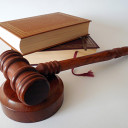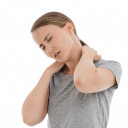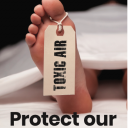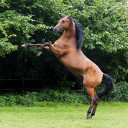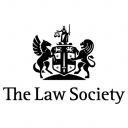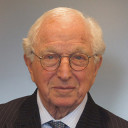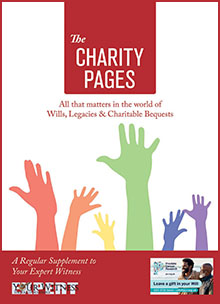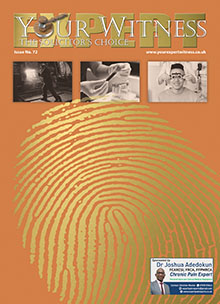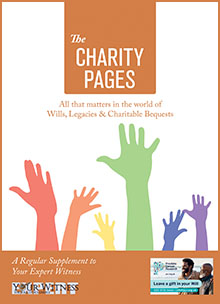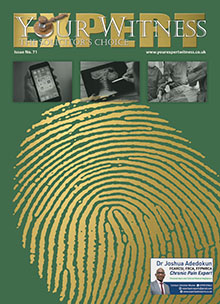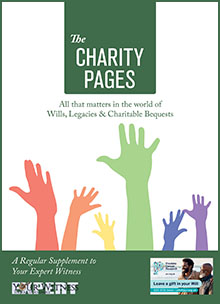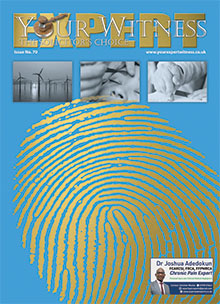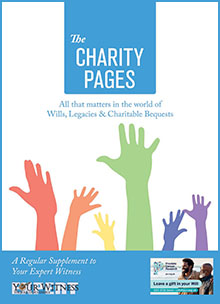In the medico-legal context, the obvious role of a noise consultant is in industrial deafness claims. This is an area which relies heavily on medical and acoustical reports when preparing for a court action.
However, this is a fairly straightforward procedure which is closely controlled by the provisions of the ‘Control of Noise at Work’ regulations. These regulations set down clear acoustical parameters relating to the responsibilities of employers for the protection of workers. Because of this, many cases are settled out of court following investigations and reports by ENT specialists and noise consultants. Once the data is presented, there is not much room for legal argument.
This is not the situation with environmental noise cases. As these cases are based on proving Statutory Nuisance, the final outcome is decided by the court and relies heavily on the expertise of legal argument and expert noise evidence. The final outcome of many environmental noise cases is the imposition of some control over the noise source. When dealing with one of the most common sources, amplified music noise, this can be achieved by reducing volume levels or reducing noise transmission.
This is not the case with outdoor leisure noise which has been the subject of several important cases over the past few years. The problem is trying to find a balance between the right of participants to enjoy their chosen activity and the protection of the community. Guidance has to be nonspecific in acoustic terms to allow for compromise. The basic planning guidance for outdoor leisure noise (PPG 24) states that the local planning authority will have to: “Take account of how frequently the noise will be generated and how disturbing it will be, and balance the enjoyment of the participants against nuisance to other people”.
Although this is only planning advice, the fact that it mentions ‘nuisance’ implies that it has some relevance to the court in cases brought under the Environmental Protection Act.
One of my specialist areas is Motorsport noise. I have been involved in several recent cases which have illustrated the difficulties for local authorities in deciding the best course of action following complaints and also the problem facing the courts when having to make a decision.
In a recent case, (Elvington Park Ltd v City of York Council) the noise notice issued by York council was dismissed partly because of the wording of the notice.
One of the points at issue was whether this should have been a ‘double barreled’ notice or a ‘single-barreled’ notice. Put simply, the difference is whether the abatement notice includes the steps to be taken to prevent the nuisance. This illustrates the problems facing local authorities and courts in dealing with the technicalities of the procedures and highlights the need for specialist acoustical and legal advice.
The role of the noise consultant as an expert witness in these cases should include a knowledge of the leisure activity itself and the history of previous cases in order to assist the court in reaching a decision.
How noise is measured Excessive noise can cause damage to the nerves in the inner ear. Ears can recover from a short exposure to loud noise, but being around too much noise over an extended period of time will eventually cause nerve damage and hearing loss.
The louder the noise and longer the exposure, the greater chance permanent damage will occur. A really loud noise, such as a gunshot, can cause immediate hearing loss, but that doesn’t happen too often on the job. Continued exposure to workplace noise over a number of years often leads to gradual, but permanent hearing loss.
Noise is measured in decibels, abbreviated as “dB”. Noise levels can range from 1 dB (near silence) to 60 dB (quiet conversation) to 140 dB (a jet engine).
Scientific studies have shown that people exposed to noise levels of 85 decibels and above over eight hours or longer will gradually lose their hearing over time. If you have to shout to be heard by another person three feet away, the noise level is probably above 85 decibels. The louder the noise level and the longer the exposure, the greater the risk of hearing loss. Noise levels above 140 decibels will cause immediate hearing loss. But workers should wear hearing protection all the time when working around noise levels above 115 decibels.
Here are some noise levels of commonly used equipment:
Chain Saw: 110 decibels
Front-end Loader: 90-95 decibels
Gunshot: 140 decibels
Jackhammer: 112 decibels
Lawn Mower: 90 decibels
Tractor: 95-105 decibels
Circular Saw: 90-100 decibels



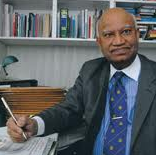 “Speculate before you accumulate. I am a long term regular writer and advertiser in 'Your Expert Witness - the Solicitor’s Choice'. This investment pays me substantive dividends; I get more Expert Witness work with every issue. Not only solicitors and barristers but also judges seem to read it. It is a win-win situation. Success breeds success; I must continue to write and advertise.”
“Speculate before you accumulate. I am a long term regular writer and advertiser in 'Your Expert Witness - the Solicitor’s Choice'. This investment pays me substantive dividends; I get more Expert Witness work with every issue. Not only solicitors and barristers but also judges seem to read it. It is a win-win situation. Success breeds success; I must continue to write and advertise.”




